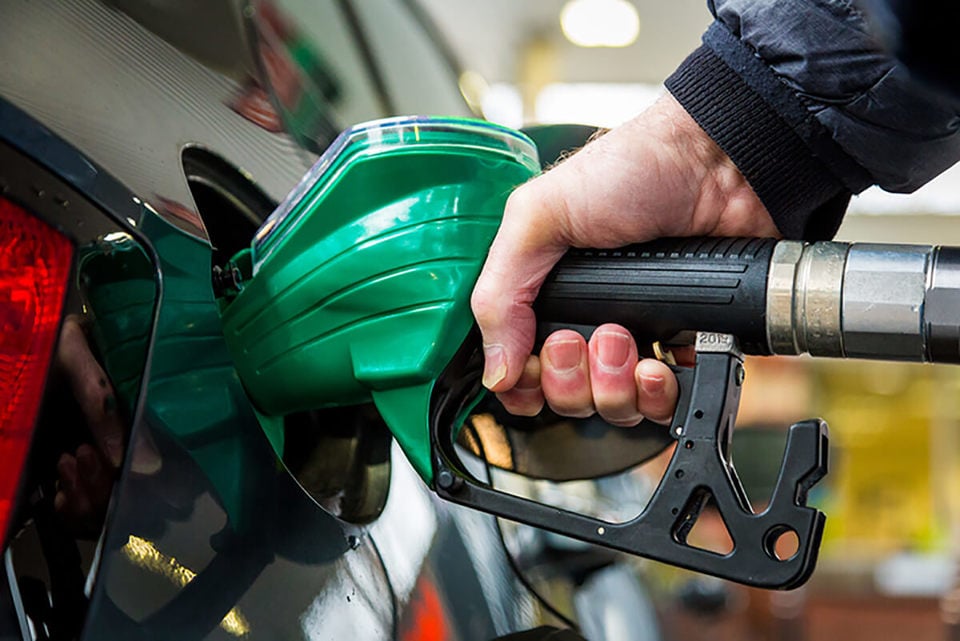Fuel prices rose for the third month in a row in December, but still remain close to late 2019 levels, new data from the RAC suggests.
Petrol finished the month averaging 136.9p across the UK, up a third of a pence (0.36p), while diesel rose two-thirds of a pence (0.67p) to 142.9p.
Petrol has increased from 135p at the start of October and diesel from 139.5p.
Unleaded has now been just over the 136p mark since late November having fallen under 140p a litre in early September and then reached a year-low of 134.3p in early October.
It peaked at 150.6p at the end of April, which means drivers are now saving 14p a litre when they fill up, or £7.70 for a full 55-litre family car tank.
The average price paid for petrol over the whole of 2024 was 142p.
While the price of diesel dropped below 145p in early September it fluctuated a little more, briefly reaching 139p in early October which was its lowest price of 2024.
Its high was 158.7p, also at the end of April – meaning drivers are now 16p-a-litre better off, or £8.80 for a complete fill-up.
The current cost of filling an average family car with petrol is just over £75 (£75.30) and diesel is a little under £79 (£78.60). Throughout 2024 diesel averaged 148.7p.
For drivers using supermarket forecourts, they are now paying an average of 134p for unleaded and 139.5p for diesel – 3p less than the UK averages, or a saving of £1.65 a tank.
The RAC says prices at the pump remained broadly stable in December due to oil continuing to trade between $72 and $75 a barrel, combined with the pound-to-dollar exchange rate staying around $1.26.
The exchange rate can make a significant difference to the price drivers pay on the UK’s 8,300 forecourts as fuel, like oil, is traded in dollars.
RAC head of policy Simon Williams said: “Even though fuel prices have crept up slightly over the last three months, 2024 was a better year at the pumps, with prices coming down by 14p for petrol and 16p for diesel from the high points seen at the end of April.
“Looking back, it’s quite clear that 2024 was a year of two halves for fuel, with the second proving far better as the lower cost of oil translated to cheaper prices on the forecourt.”
He added: “Unfortunately, RAC Fuel Watch data shows average retailer margins are still well above the long-term figures. This is something the Competition and Markets Authority acknowledged in its November interim report, adding that it remains concerned about the lack of competition between retailers.
“As the Government has committed to introducing a mandatory fuel price reporting scheme this year, we’re hopeful this will eventually lead to greater competition and fairer prices across the country’s forecourts.”





















Login to comment
Comments
No comments have been made yet.